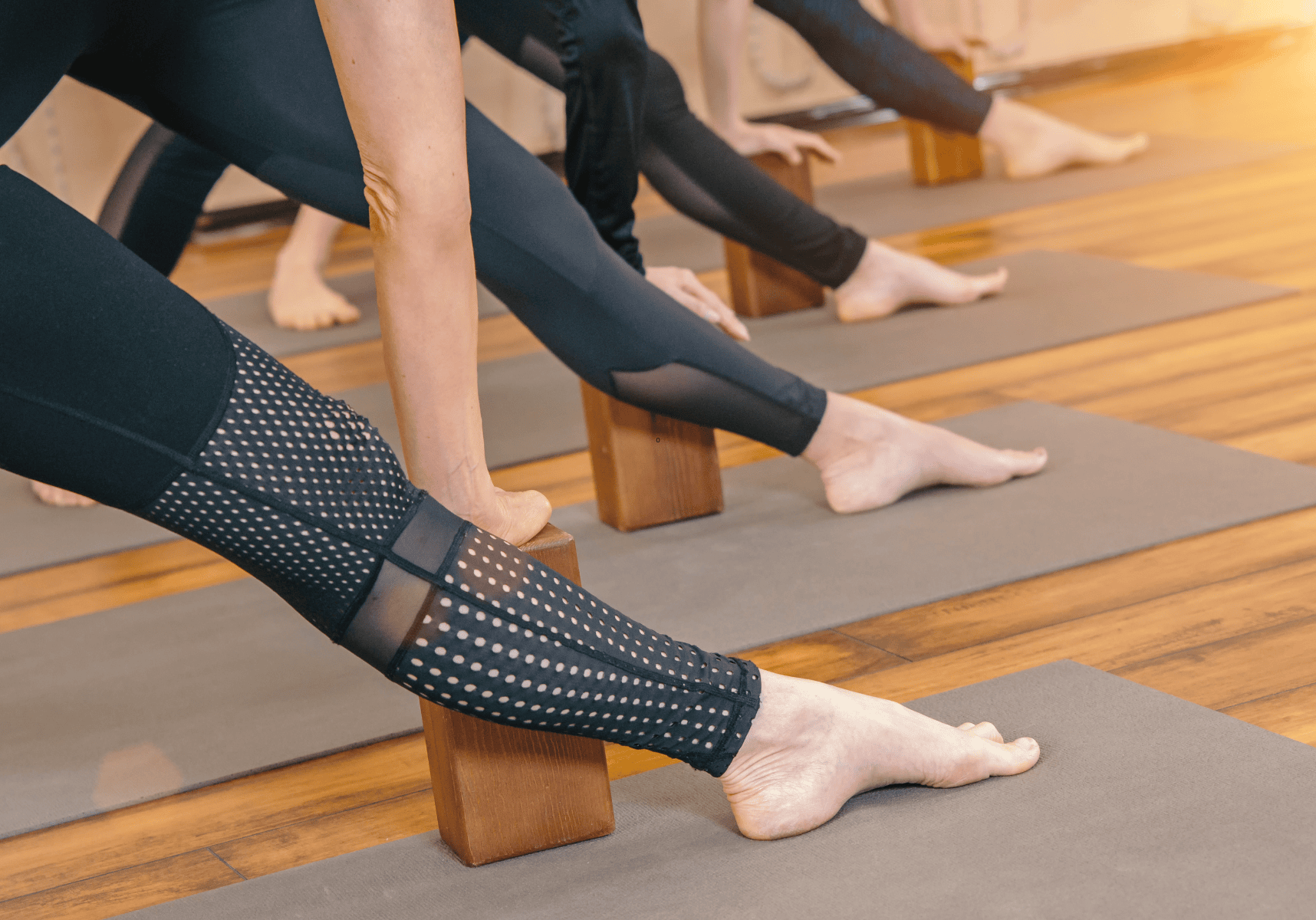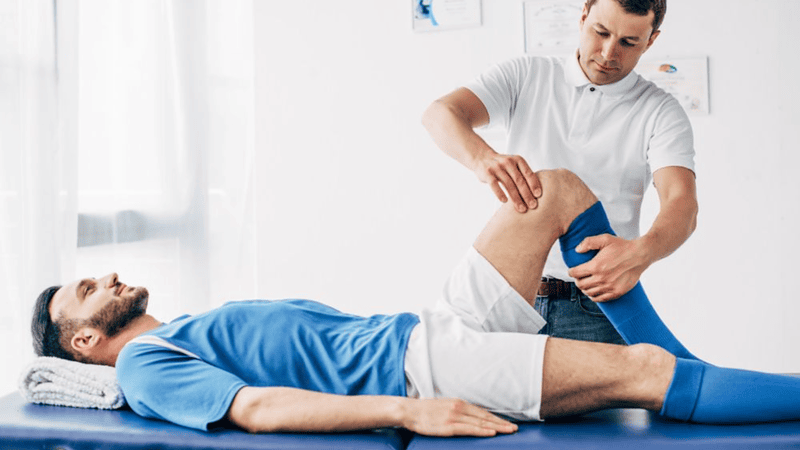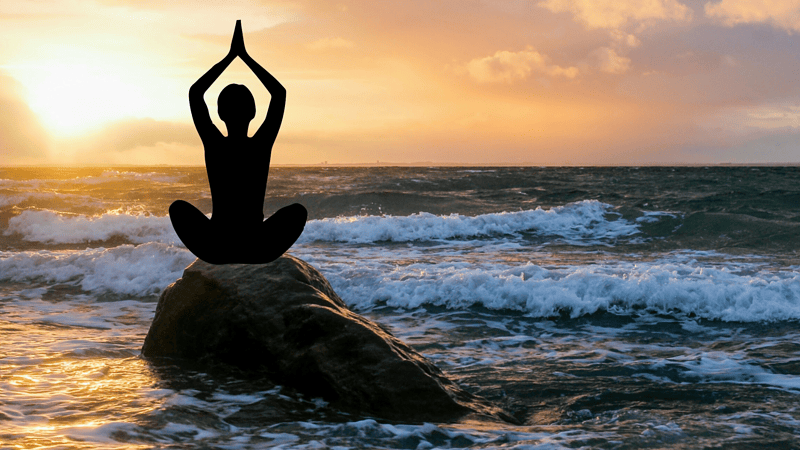6 Best Yoga Poses to Help Soothe Tired Legs
Yoga Poses to Combat Fatigue and Boost Circulation - By Beth Rush
Reading time: 3 minutes
You can add several yoga poses for tired legs to your routine to keep your legs fresh.
Why Do Your Legs Feel Tired?
Various factors can cause tired legs, each contributing to the sensation of fatigue and discomfort. The most common reason is prolonged standing or walking, which places constant pressure on the muscles and joints, leading to fatigue. Intense physical activity, such as running or high-impact sports, can also cause tired legs due to muscle overuse and micro-tears in the muscle fibres.
Poor circulation can also cause tiredness in the legs, as insufficient blood flow means that muscles aren’t receiving enough oxygen and nutrients, which is vital for their recovery. Additionally, almost 10% of Americans have restless leg syndrome, which can cause tingling and cramping in the legs, affecting sleep and resulting in fatigued legs.
6 Poses for Tired Legs
Yoga can offer much-needed relief if you struggle with tired legs after a long day or hectic workout. These six poses are specifically designed to stretch and rejuvenate your leg muscles, improving blood flow. Incorporate these poses for tired legs into your routine to alleviate discomfort and keep your legs feeling fresh.
1. Viparita Karani (Legs Up the Wall)
This restorative stretch is one of the best poses for tired legs. It reduces swelling and improves circulation by allowing gravity to help your blood flow back toward your heart.
Start by sitting close to a wall with one hip touching the wall. Swing your legs onto the wall as you lower your back to the floor. You may have to shuffle a little so your sitting bones are as close to the wall as possible. Rest your arms by your side, palms facing up. Close your eyes and breathe deeply for as long as it feels comfortable.
2. Adho Mukha Svanasana (Downward-Facing Dog)
This classic yoga pose stretches the hamstrings, calves and Achilles tendons while improving circulation. Bend your right knee and hug it into your chest. Loop a strap around the arch of your right foot and point your leg toward the ceiling. Keep your left leg extended and on the ground. Hold and then switch sides. If you don’t have a strap or band, you can use your hands to pull your leg toward you.
3. Setu Bandhasana (Supported Bridge Pose)
The bridge pose is excellent for relieving tired legs. This gentle backbend stretches the thighs and hip flexors while promoting relaxation.
Start by lying on your back. Bend your knees and keep your feet flat on the floor, hip-width apart. Press your feet into the floor as you lift your hips toward the ceiling. Place a yoga block under your lower back for extra support. Rest your arms next to you, palms facing up. Hold while inhaling deeply.
4. Supta Baddha Konasana (Reclining Bound Angle Pose)
This restorative pose stretches the inner thighs and groin while also calming the mind. It’s a fantastic pose for stress relief and sadness.
Lie on your back and bring the soles of your feet together, allowing your knees to fall open. Place a pillow under your knees for support. Rest your arms by your sides, palms facing the sky. Close your eyes and breathe deeply.
5. Eka Pada Rajakapotasana (Pigeon Pose)
The pigeon pose offers a deep stretch for the hip flexors and glutes, releasing tension in the lower body. It strengthens the leg muscles, increasing the range of motion and relieving lower back pain.
Start in a tabletop position on your hands and knees. Bring your right knee forward and place it behind your right wrist. Your right ankle should be near your left hip. Extend your left leg straight back, keeping your hips square. Lower your upper body over your right shin, resting on your forearms or extending your arms forward. Hold and then switch sides.
Keep Your Legs Fresh
Incorporating yoga poses into your routine can significantly relieve tired legs, promoting relaxation and improving circulation. These poses soothe muscle fatigue and boost your flexibility and well-being. Regular practice can prevent discomfort and keep your legs healthy, ensuring you stay active and energised.








